Coming from a city in Western Germany, my big concern was that self-sufficiency –farming meant going back to a lower standard of life. The idea and my ex’s expectation, however, was that it enhanced it: by growing and consuming our own produce, by harvesting the fruit of our land and hands. We didn’t know that it would also take up most of our waking hours and continuously occupy our thoughts caring and worrying about animals that depend on you; that even the weather would become a major concern to us.
In Ireland, they called us organics, alternative life-stylers ‘the Birkenstock wearing , muesli munching crowd.’ Wellies or Wellington boots were more practical though, given the climate conditions.
Before you make the big move and opt out of the rat race and become a back –to- the-lander, you may want to experiment and practice a little on a smaller scale. Convert a big ornamental planter into your first herb garden, dig up a patch of lawn at the end of your back yard (the front stretch might offend your neighbors), convert a flowerbed into a vegetable patch, or turn a piece of ugly waste land near the garden shed into something productive. Allotments used to be popular in the olden days, often of economic hardship and as a getaway for city dwellers.
If you live in suburbia, as I do now, you should check with your CDD or HOA. I’ve seen rooftops verdant with beanstalks, zucchinis, and tomatoes. You want to check the weight capacity of your roof though. If you really want to grow your own, you’ll find a way. When we bought our farm in the West of Ireland in the 80s, our cattle raising and dairy producing neighbor proudly announced, “We don’t have to go to all that trouble anymore. We used to do that when we were poor. Now we can buy fruit and vegetables in the shop.” I’m proud to say, within 2 years of watching us, she had parsley and strawberries going successfully.
Subscribe to:
Post Comments (Atom)




























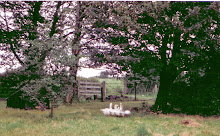





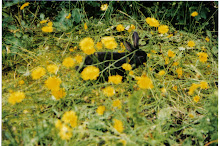








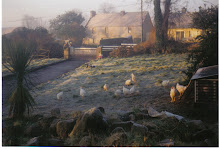
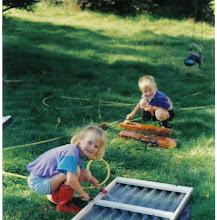











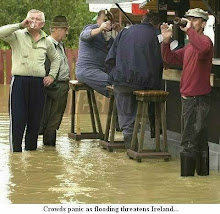


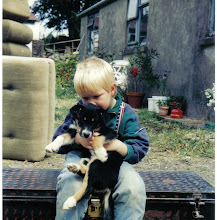
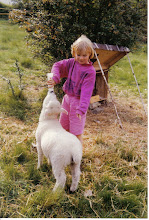


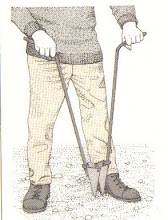
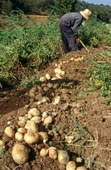

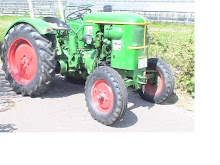




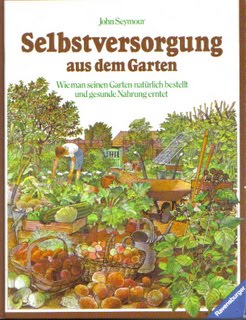

No comments:
Post a Comment